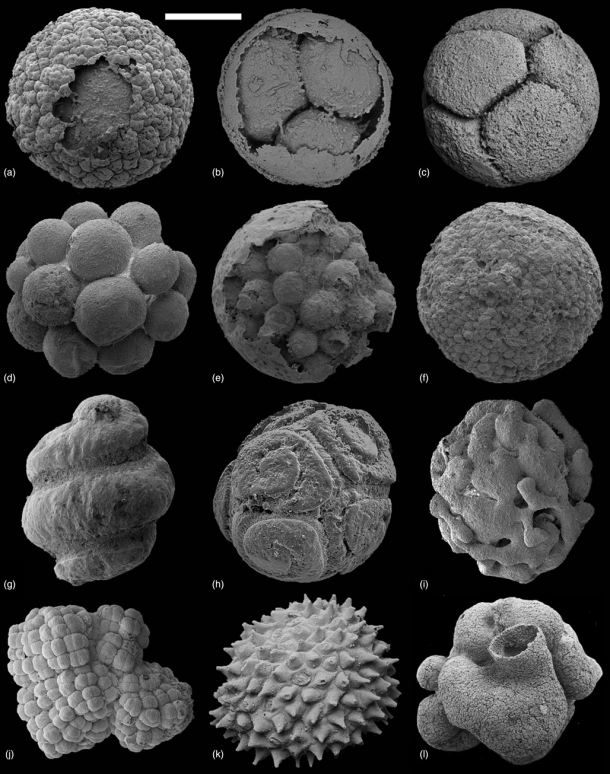New research on some of the world’s oldest potential animal fossils is published today in the Journal of the Geological Society.
The Weng-an Biota, from the Doushantuo Formation in South China, is around 600 million years old, and provides a snapshot of marine life during the Ediacaran – roughly 635 to 541 million years ago.
‘It is thought that animals had evolved by this time’ says the paper’s lead author, Dr John Cunningham of the University of Bristol’s School of Earth Sciences, ‘but undisputed animal fossils aren’t known until the Cambrian, tens of millions of years later. The putative animal fossils described from the Biota would be the oldest animals in the entire fossil record.’
‘In addition, the preservation of the Weng’an fossils is unique. The microscopic fossils are preserved to a cellular or even subcellular level.’
It can be difficult to establish whether such small fossils – some no more than single cells – belong to animals or a different group.
‘We try to identify features that are unique to one group alone’ says Dr Cunningham. ‘Characters like Y-shaped junctions between cells have been argued to be an important animal feature, but we now know that they actually occur in distantly related groups like algae.’
The paper reviews current evidence pointing to an animal identity for the Weng’an fossils, finding that none of the characteristics previously used to define the fossils as animals are unique to animals alone. This opens up the possibility for alternative identifications.
‘These possibilities need to be investigated carefully’ says Dr Cunningham. ‘One way to achieve this might be to study the many irregular fossils in the Biota. These have had relatively little attention, but they might turn out to include the adult stages of the other fossils.’

Synchrotron radiation X-ray tomographic microscopy (SRXTM; a–h) and light microscopy (i–k) images of Weng’an fossils.
The evolution of animals is one of the most important events in the history of life on Earth, particularly since, by engineering the ecosystem around them, animals have fundamentally changed the planet’s ecology. Despite this, there is still much to discover about the timing and nature of their appearance on Earth. By using the mutation rates of biomolecules – the so called ‘molecular clock’ – it has been possible to estimate that animals had originated by the Cryogenian (roughly 720 – 635 million years ago), and diversified during the Ediacaran – but all fossil evidence of animals before the Cambrian (from 541 million years ago) is highly controversial.
‘It might be possible that we’ll find definite animals in the Doushantuo Formation’ says Dr Cunningham. ‘But it’ll be like finding a needle in a haystack – or should we say, an embryo in a really, really big quarry.’
WATCH: A video about the research
- Journal reference: Cunningham, J., Vargas, K., Yin, Z., Bengtson, S & Donoghue, P., ‘The Weng’an Biota (Doushantuo Formation): an Ediacaran window on soft-bodied and multicellular microorganisms’, Journal of the Geological Society, published online, https://doi.org/10.1144/jgs2016-142
